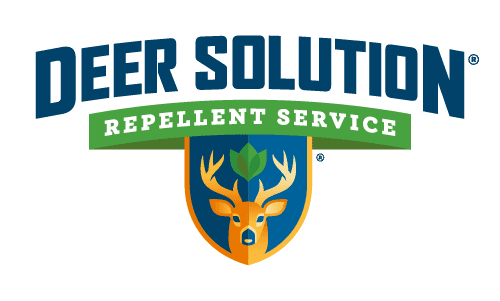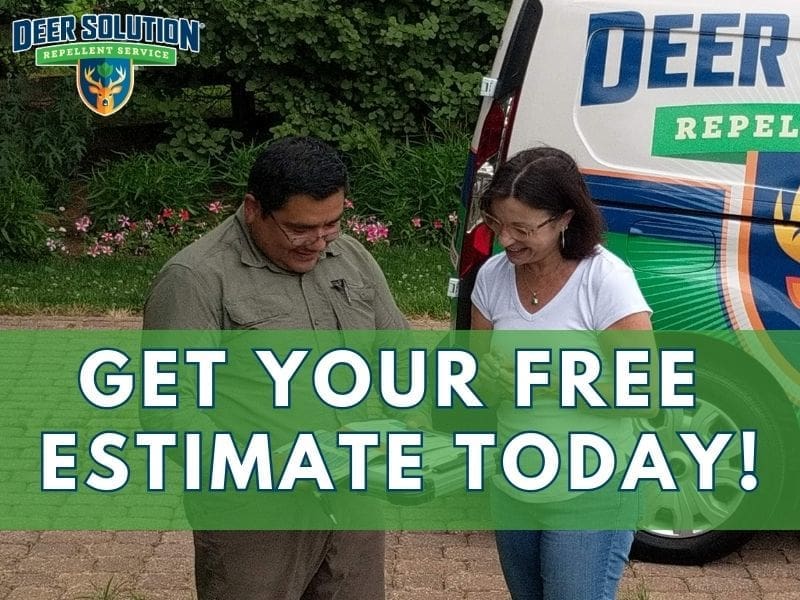Pennsylvania, Potter County stands as a testament to the beauty of nature, with its vast forests and rich biodiversity. However, this natural paradise is facing a challenge that threatens the very essence of its verdant landscapes.
The local deer population, in their quest for sustenance, have become unwitting adversaries to the county’s flora, leading to a growing concern over deer damage and its impact on the ecological and social fabric of the region.
Deer Damage: Beyond the Aesthetic
The issue of deer damage in Potter County transcends the mere loss of aesthetic appeal in gardens and landscapes. It delves deeper into the ecological repercussions that arise from the deer’s dietary habits.
With a preference for young saplings, flowers, and a variety of plants, deer are inadvertently altering the forest’s regenerative capabilities and the undergrowth’s diversity. This not only changes the ecological dynamics but also poses a significant threat to the future of these woodlands.
Understanding Deer Diets
To grasp the full extent of the deer damage, it’s essential to understand what deer eat. Their diet, which includes a wide range of vegetation such as leaves, twigs, fruits, and nuts, places them in direct conflict with efforts to maintain diverse and healthy plant populations.
This conflict underscores the challenge of preserving the county’s botanical variety while accommodating the natural feeding habits of deer.
Navigating Human-Deer Relationships
The interaction between humans and deer in Potter County is a delicate balance of coexistence and conflict. While the presence of deer adds a layer of natural charm and connection to wildlife, the escalating deer damage to plants prompts a critical dialogue on sustainable cohabitation.
This complex relationship calls for innovative solutions that respect both the needs of the local flora and the deer population.
Ecological Challenges and Solutions
The twin challenges of invasive species and deer overpopulation have been highlighted by researchers as significant threats to Pennsylvania’s forests, including those in Potter County. These challenges necessitate a comprehensive approach to wildlife management that considers the health of forest ecosystems and the well-being of the deer population.
Strategies such as hunting and fencing, while part of the conversation, are being examined for their sustainability and impact on the broader ecological balance.
Forging a Path Forward in Potter County
The journey towards resolving the issue of deer damage in Potter County is paved with collaboration and innovation. It involves a synergy of ecological insights, community involvement, and adaptive management practices aimed at fostering a landscape where humans and wildlife can flourish together.
The ultimate goal is to create a harmonious environment that preserves the county’s botanical heritage while accommodating its native wildlife.
Broader Implications: Environmental and Policy Considerations
The challenge of managing deer populations and mitigating damage in Potter County is emblematic of broader environmental and policy issues. It raises questions about how communities can balance human needs and interests with wildlife conservation and ecosystem health.
Effective management requires a holistic approach that considers ecological principles, ethical considerations, and community values.

Looking Ahead: Pathways to Coexistence
As Potter County grapples with the issue of deer damage, the path forward involves fostering a deeper understanding of the ecological role of deer, the value of biodiversity, and the importance of sustainable management practices.
Engaging the community in dialogue, exploring innovative management strategies, and emphasizing education and awareness can help build a consensus on how to live harmoniously with deer while protecting the county’s natural and cultivated landscapes.
Navigating the Complex Landscape of Deer Management
The issue of deer damage in Potter County, PA, is a complex challenge that touches on ecological, economic, and social aspects of life in the region.
As the community seeks solutions, the goal remains to find a balance that respects the needs of both humans and wildlife, ensuring the health and vitality of Potter County’s natural environment for generations to come.










